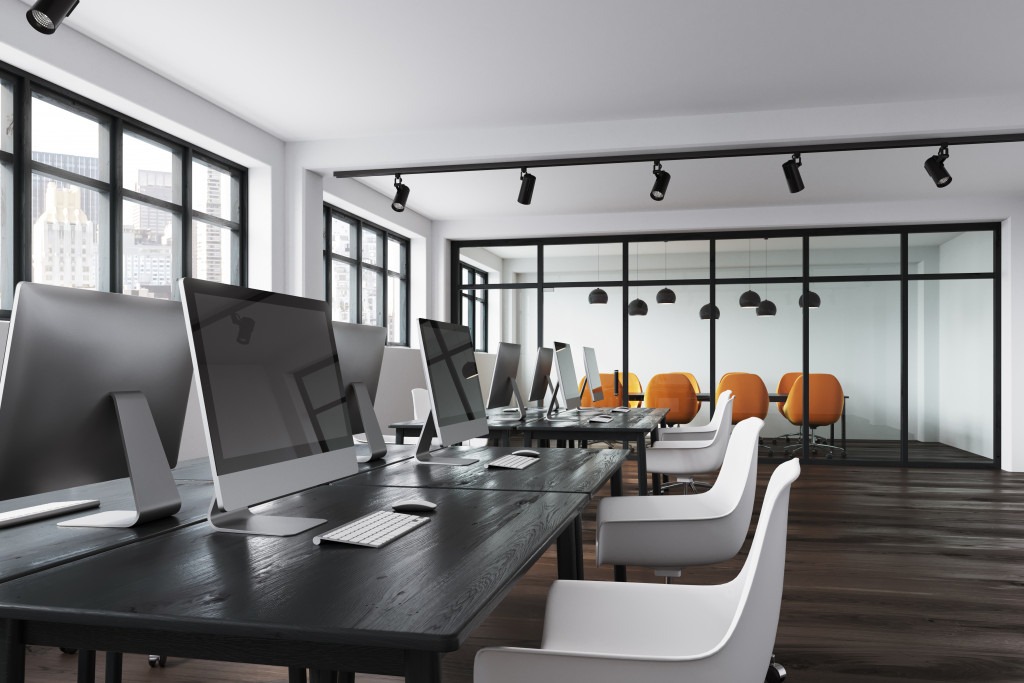For many people, 2020 seems like a blur—or, more accurately, a nightmare—as the COVID-19 pandemic shut down businesses and forced employees to work from home.
This year seems slightly different. The economy is ready to restart, which means that offices are likely to reopen, except that many don’t want to come back.
In a recent Harris Poll survey, at least 40 percent of employees want to work full-time at home. Meanwhile, 35 percent prefer a hybrid setup, which means that they go to the office only a few times a week.
A study by Monster.com provides a grimmer picture of the possible office setting in the new normal. About 95 percent are planning to change jobs, and 92 percent are willing to change industries if it means landing the right position—a massive shift some experts now call the Great Resignation.
If that isn’t enough, another report suggests that 40 percent of current employees may eventually decide to quit if they will be forced to go back to the office.
Although some want to move on after realizing they deserve better career-wise, others are scared to go back to work and increase their risk of infection. Thus, one of the effective solutions that experts see to reduce the chances of losing a team that businesses desperately need is to strengthen the cleaning and disinfection processes in the workplace.
This strategy may lead to the following changes in the office:
1. There Will Be an Increased Demand for Professional Cleaning
These days, many professional cleaning companies predict that offices will have to increase their budget for more hygiene-related equipment and supplies. It may also need to boost spending for labor as they may have to hire more in-house cleaners to do the job more frequently.
However, these extra expenses can be a huge financial burden for industries that have lost so much during the previous year. These are also figures that small businesses cannot afford.
To ensure that offices remain clean and properly disinfected, business owners can hire commercial cleaning services. These teams can perform specialized jobs that regular office cleaners cannot do. Moreover, a part of the costs the workplace pays can already cover the training and equipment. Small businesses can also have more control over their budget.
2. Offices May Have More Contactless Points
Overall, the global revenue for doors will reach over $180 billion by 2026. Between 2019 and 2026, this sector will achieve a compound annual growth rate (CAGR) of at least 5 percent. But according to Allied Market Research, at least two types of doors will become trendy, and one of these is the contactless type.
Marketing experts also expect to see a similar pattern for other automatic or contactless solutions for buildings, such as elevator buttons and handles. Companies may also use keycards for logins. The popularity of these options is mainly due to the COVID-19 pandemic. After all, studies showed that these high-contact surfaces could increase the risk of viral exposure and infection.
However, for some cleaning professionals, investing in these devices is not enough. It still needs to be paired with regular disinfection and deep cleaning for one good reason: not all high-contact surfaces can be exchanged for something that’s contactless. These include tables, chairs, sinks, and electronic equipment like fax machines and printers.

3. Office Workers Will See More Health-related Visuals
Here’s the thing about humans: they can easily forget. According to the curve of forgetting, a person is likely to keep about 60 percent of the information. By the second day, it retains only 40 percent. A saying also goes that out of sight, out of mind or that people are creatures of habits. They will always go back to what they’re used to, and that may include constantly touching their faces and handrails.
Besides forgetfulness, there’s also confusion, particularly since federal and state health regulations can vary. For example, the CDC may say that vaccinated people can choose not to mask up, but states or counties may require one indoors.
One of the best defenses to prevent an outbreak in the office is clear health protocol and policies, but these may also need to be translated to visuals, like signs and posters, that can help people remember. Putting hand sanitizers in conspicuous areas, particularly in places near a high-contact surface, may also work the same way.
Although everyone wishes for a fast economic recovery, it may not happen fast. Many challenges are still present. But accumulating small steps can lead to big ones, and it may begin by making employees feel safe to return to the office.
